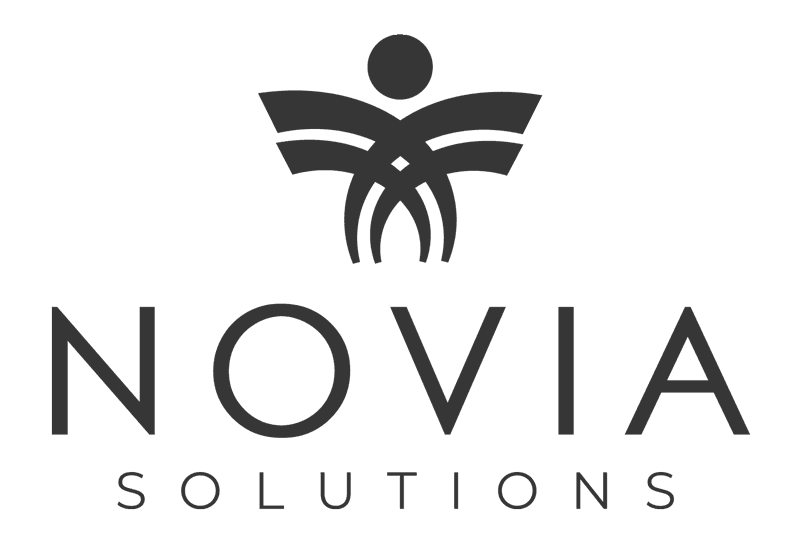As most professionals know by their first or second job, all interviews are not created equally. From free flowing to formal, it is hard to know what kind of interview you are walking into until you, well, walk in. But, with all of the uncertainty surrounding the interviewing process, one thing that is fairly certain is that you will find yourself in a competency-based interview at some point.
Competency-based interviewing is a common approach used by employers to ask all candidates the same questions. In doing so, interviewers aim to reduce any variation in what questions are being asked while removing any conscious or subconscious biases from the interview process. At the heart of it, the goal of this approach to uncover the competency framework that is required for the role. At first it may seem futile to prepare for one style of interviewing over another, however most of us would be hard pressed to find someone has never been asked some variation of the interview questions “tell me about a time when…”.
Seeing as this technique is often used by large organizations, most clinicians if not all can benefit from refining their interview technique as they are more likely than not to find themselves in a competency-based interview at some point or another. Below is a how-to guide on how to apply the SBAR technique to shine in any competency-based interview:
- Situation: How would you describe the situation? What is the context?
- Background: What was the challenge?
- Activity: What did you do to resolve the issue? How did you do it?
- Result: How did the situation play out? What was the end result?
Clinical example: “Tell me about a time that you solved a problem to a tight timescale”.
Situation: When I was a VP of Nursing, I oversaw a sub-acute vent-dependent unit. One situation that sticks out in my mind was when someone started turning the respirators of vent-dependent patients off.
Background: It was my responsibility to ensure the safety of the patients throughout the department. We very quickly had to figure out how we were going to protect patients and decided that the best way to do so was to hire extra nurses come in and monitor the unit.
We called in nurses from our staff pool to come in for full shifts and just walk around the unit and make sure no additional respirators were turned off.
Activity: I decided to add two nurses per shift just to walk around the unit to make sure no additional ventilators were turned off. There was 24/7 coverage to ensure the safety of the patients in the unit.
Result: No patients were harmed. The nurses were very vigilant due to the nature of the unit and caught the first incident before any harm was done to the patient. Because the ventilator had been turned off, we knew it was a premeditated action which is why I implemented the precautions I did until the suspect was caught.
Additional best practices:
- Convey the maximum achievement in the lowest amount of time. Interviewers sometimes have short attention spans, too. Especially within an organization that utilizes competency-based interviewing seeing as they are required to stick to the same questions time and again.
- Give specifics. General examples tend to be unremarkable. If you can remember the specifics of the example like what the metrics were for the end result or what the names of your team members mentioned in the example were, interviewers will be more likely to remember your responses and gauge your success.
- Always be positive. While this final point may seem straightforward, the power of positivity cannot be stated enough. Unfortunately, even the most qualified candidates can fall into the trap of saying something negative about a current or former colleague or organization. Still, no matter how negative the experience, talking negatively during an interview never leaves a positive impression on the interviewer. While professional opinions may be appropriate from time to time, personal opinions are generally best left outside of the workplace.
Follow us on LinkedIn for related articles. To learn more about our Hot Jobs, visit our website.
For additional blogs you might be interested in:
- Best Practices In-Person Interview
- Best Practices: Video Interview
- Best Practices: Phone Interview


